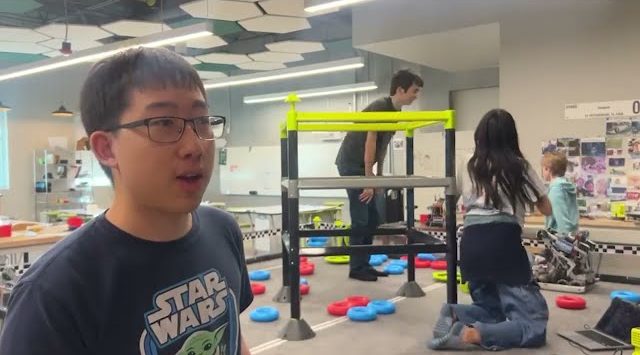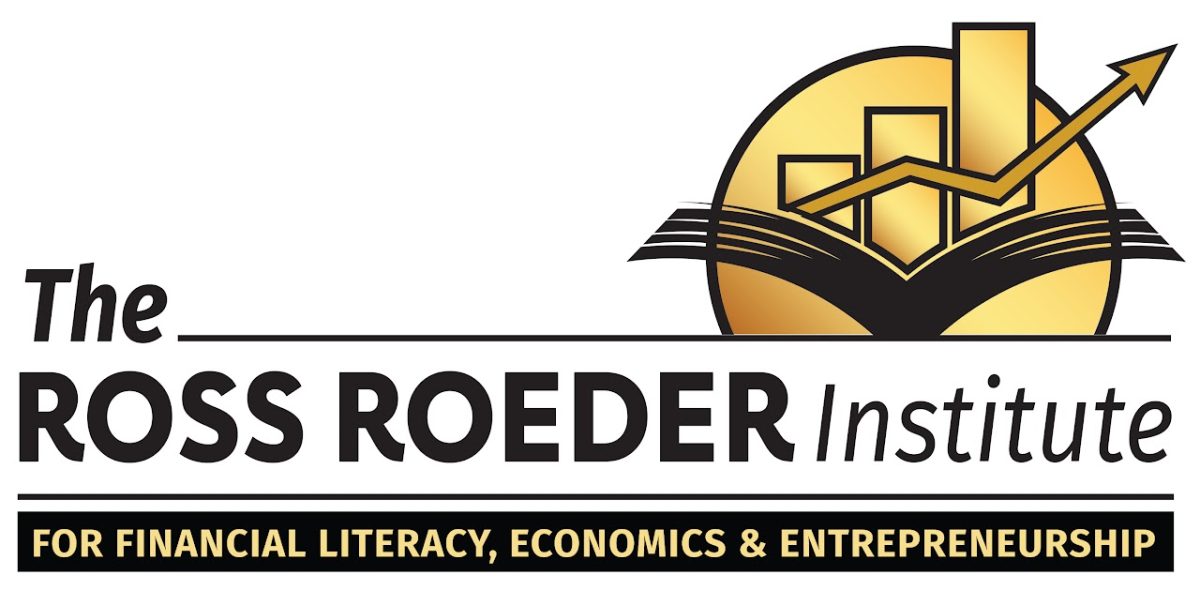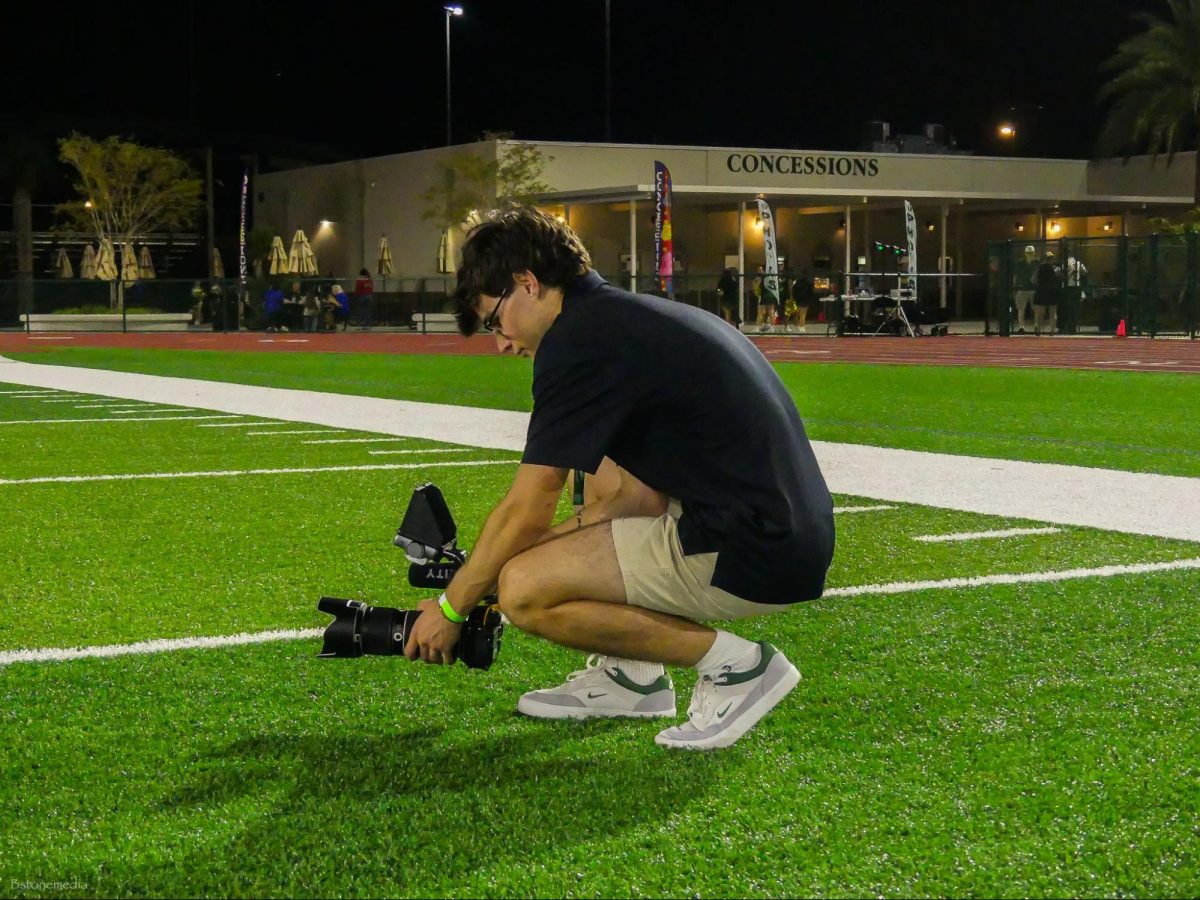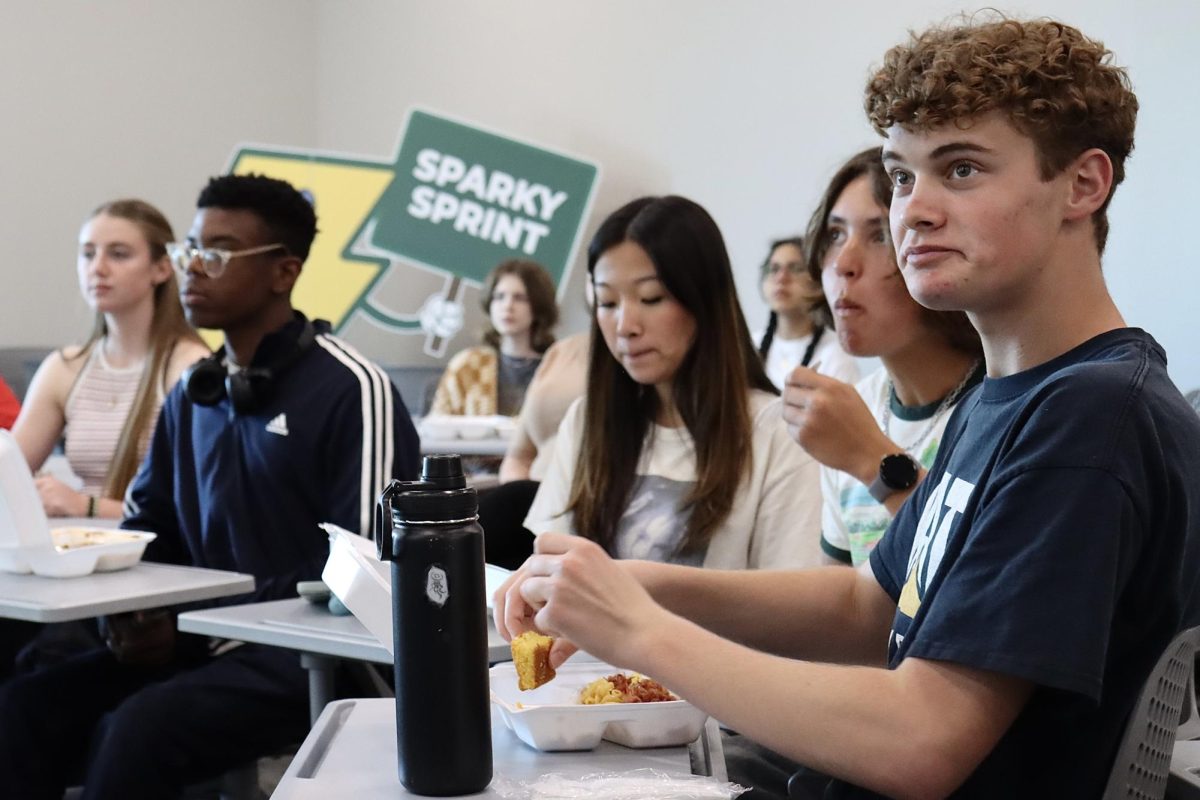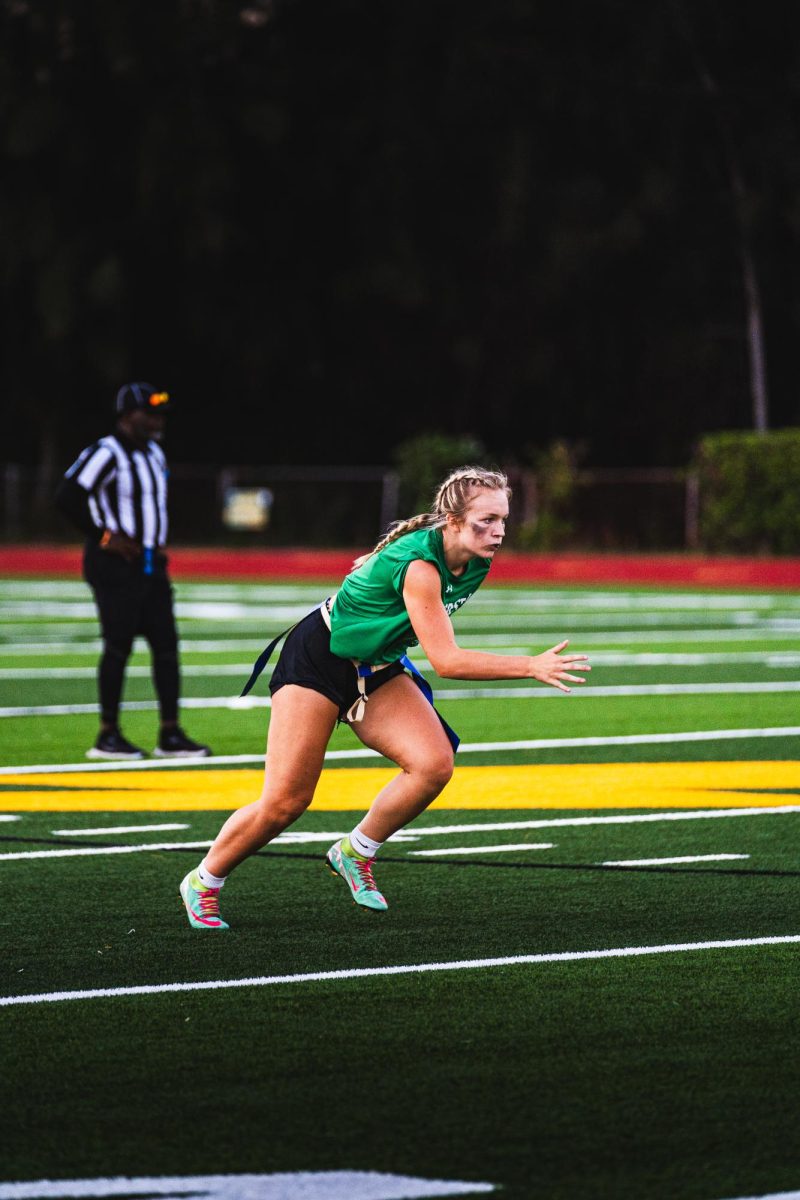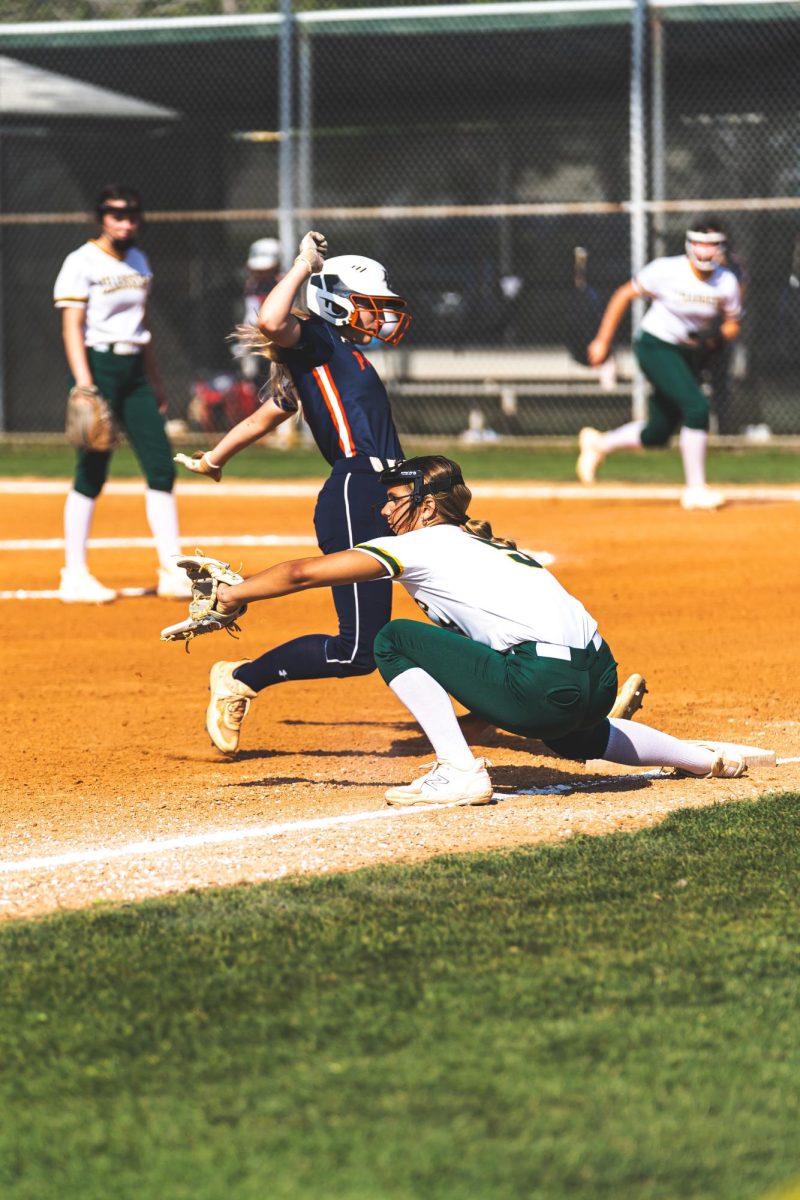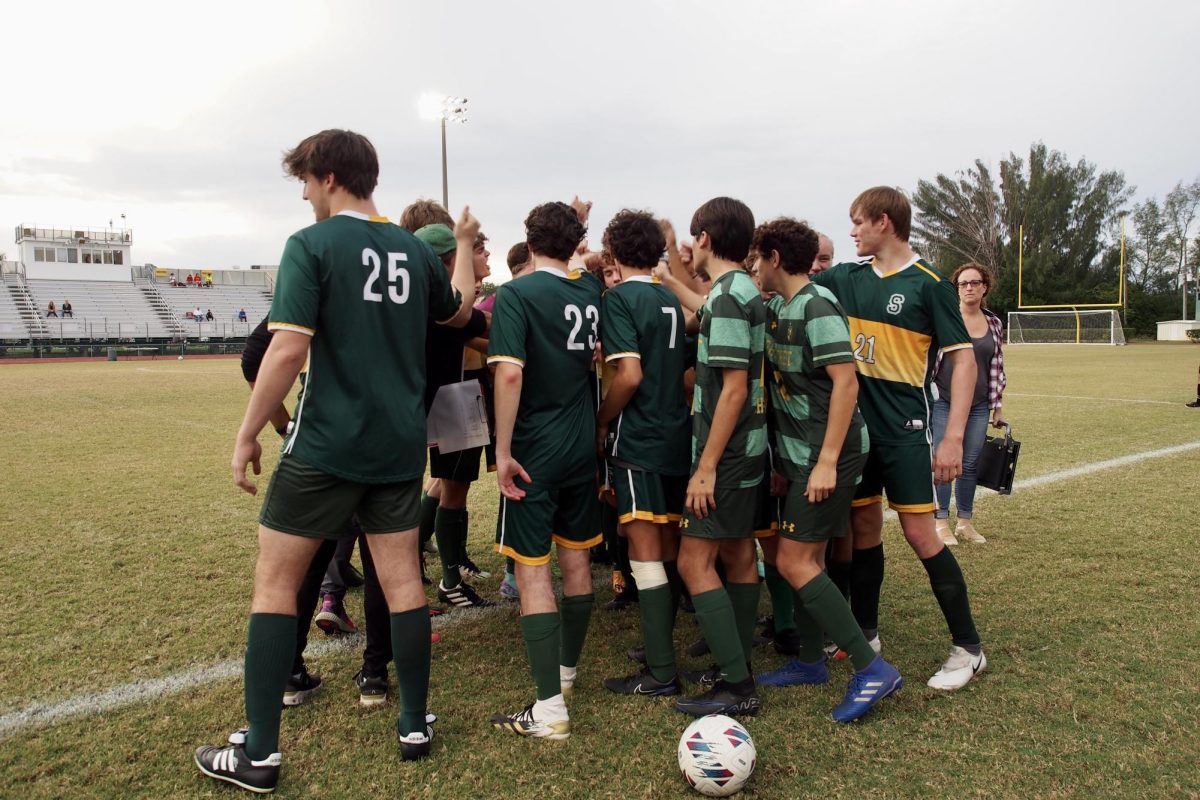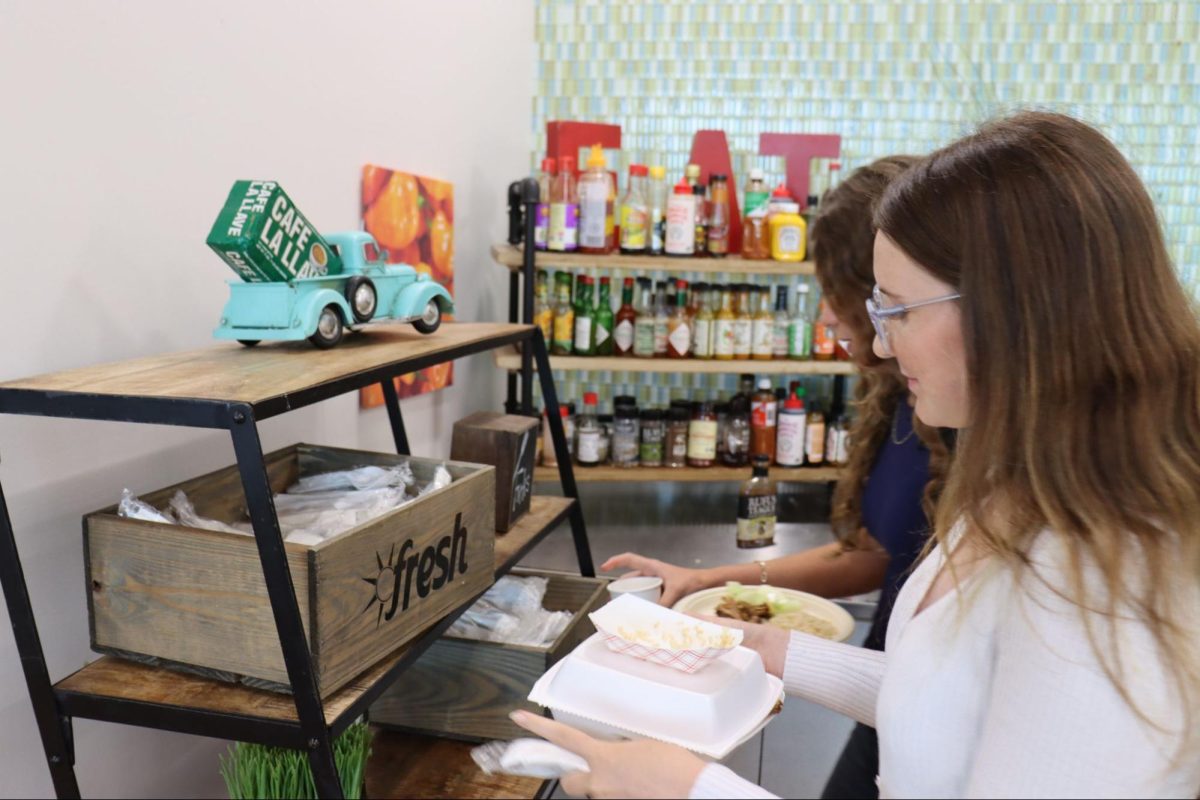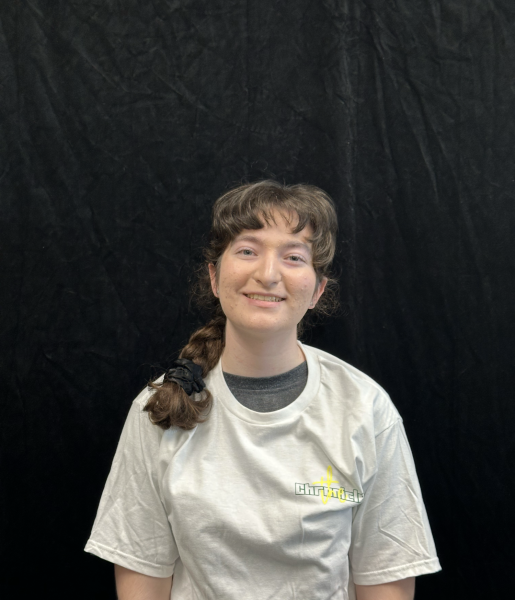Middle School Marine Science Teacher Kathryn Jeakle sighed as she watched her students fish a crusted hunk of styrofoam out of the 54th Avenue Canal. She expected to see actual fish. She took the piece into her hands and turned it over. She shuddered, staring at its gaping hole littered with a turtle’s bite marks. The worst part was, she knew it wouldn’t be the last time. And she knew where it came from.
Jeakle said, “I show [my students] a plastic bottle and ask them how long it takes them to drink it. And some kids are like, ‘I can chug it in ten seconds!’ Well, cool ten seconds, and it’s around for 450 plus years.”
The most distinctive area on Shorecrest’s campus that supplies single-use plastic is SAGE Dining Hall. Although they have a wide availability of reusable plates during lunch, students often use single-use products–primarily polystyrene-made styrofoam takeout containers–when bringing food outside of SAGE. Recently, attempts have been made to rectify this situation. As
Jeakle noted, if single-use plastics aren’t reduced, all living organisms may be in danger. “The first plastic water bottle is supposedly still in existence, just in tiny pieces,” she said. “Animals can’t break it down. They can’t digest it.”
Even junior Marine Biology Club President Scout Brummett has had to use styrofoam containers when attending Jewish Student Union (JSU) lunch meetings. “Usually, we have food options there, but when we have to bring our own lunch, I have used the styrofoam [containers], but I’ve also taken a plate up there,” she said. Most others, Brummett noticed, use these containers to house their lunches more regularly than she does.
With many students continuing to use to-go boxes frequently, Jeakle finds single-use plastics to be quite pervasive in the middle school and beyond. “In the dining hall, I know SAGE uses little styrofoam and plastic cups and puts stuff in them for the Lower School. Those and the wrappers on apples still kill me,” she said. “Way too much [is available]. We shouldn’t have foam containers. They should be cardboard. We shouldn’t have plastic packaging for silverware, either.”
Though SAGE’s distribution of plastic and styrofoam may not be as significant for much longer. Recently, they’ve begun implementing new policies. SAGE’s latest policy allows club leadership to bring a bin from the dining hall to their meeting space to prevent the use of single-use plastics and styrofoam. The policy has been in effect for several months now.
Even beyond a concrete policy, SAGE is still working to steer individual students toward more sustainable dining. “Because [SAGE] is in so many different divisions, we follow the lead of the community…But when kids come in and take the foam boxes or want a cup to go, I try to get them [to use] paper,” said SAGE Dining Food Services Director Erin Baehman.
SAGE’s current efforts reflect a shift back to the way they used to be–back when they didn’t distribute as much single-use plastic. US Math Department Chair and Math Teacher Jessica Thorn has been at Shorecrest for nearly 10 years and witnessed these changes first hand. “When I came [to Shorecrest], I was always told we are pushing to become a zero single-use plastic school,” she said.
When 2020 blew into town, however, this policy had to change. “One of the biggest things was COVID because we didn’t know how germs were being transferred,” said Thorn. “So I think [Shorecrest] was really worried about plates being left out and plates not being washed…I think that was the beginning of it.”
Despite the pandemic dissolving in late 2023, the use of foam containers didn’t. But simply because single-use has remained at Shorecrest doesn’t mean that those outside of SAGE haven’t also been working to remedy the situation. Many other faculty around campus are also devoted to helping reduce Shorecrest’s usage.
Director of the Center for Innovative Teaching and Learning (CITL) Jane Boarman ensures that reusable water bottles are always provided for teachers, limiting the need for plastic ones during the annual Winter Institute designated for professional development. “As I got into [planning large events], I started to see that when people do this on a very large scale, it becomes even more important [to reduce plastic use] when you gather 120 to 250 people for a day [because] that’s a big opportunity to create trash.”
As for the financial adjustment, at the end of the day, single-use plastics are cheaper than reusable packaging. According to Foodservice Sustainability Solutions, the average cost of a pack of 500 12 oz styrofoam containers is $21.00, while the same number of paper ones cost $9.50 more, amounting to a yearly cost difference of $1,140.00.
However, if it means protecting the environment, then the benefits may outweigh the costs. CFO and COO Lisa Wylie has been coordinating with Baehman along with Head of School Nancy Spencer to ensure that transitioning from plastic to more environmentally friendly packaging doesn’t leave the table of discussion entirely.
“We look at [going from plastic to paper packaging] annually and try to talk through how we can find the most environmentally sustainable and affordable option to meet all of our needs,” said Wylie. “We have an environmental sustainability committee for the school that also tries to help us find alternatives and the best ways to make sure we’re trying to be as environmentally sustainable as we can.”



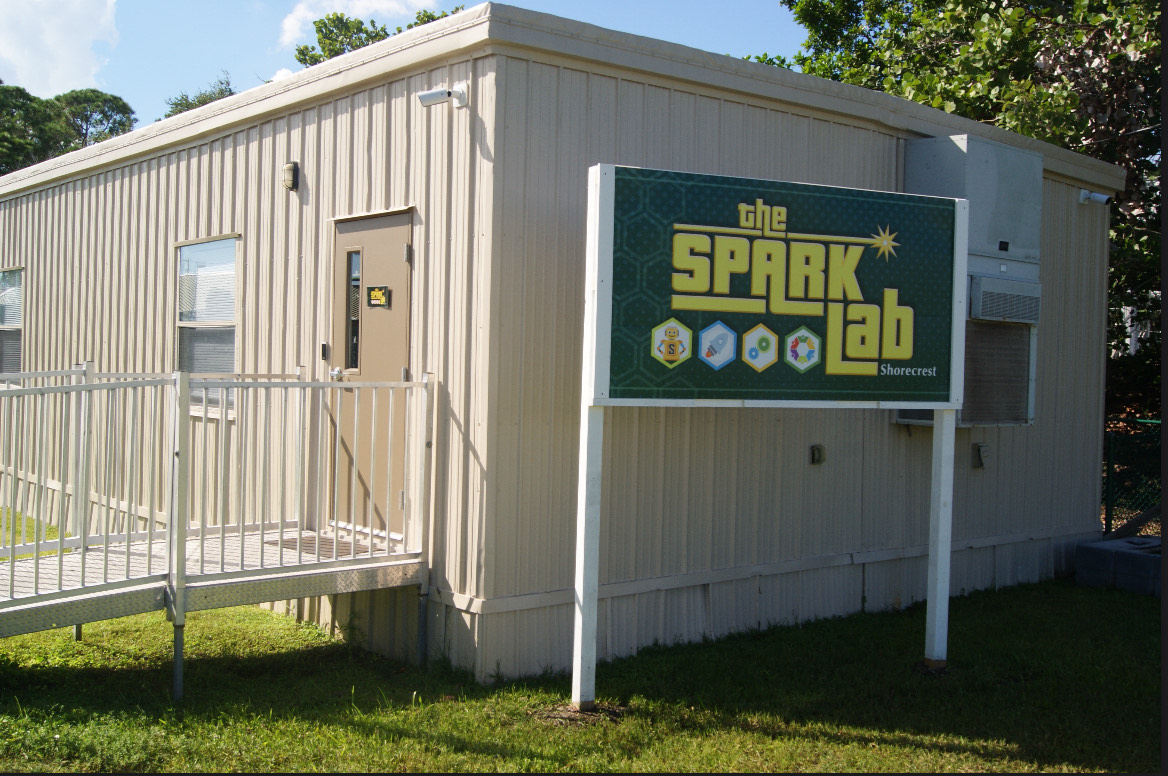



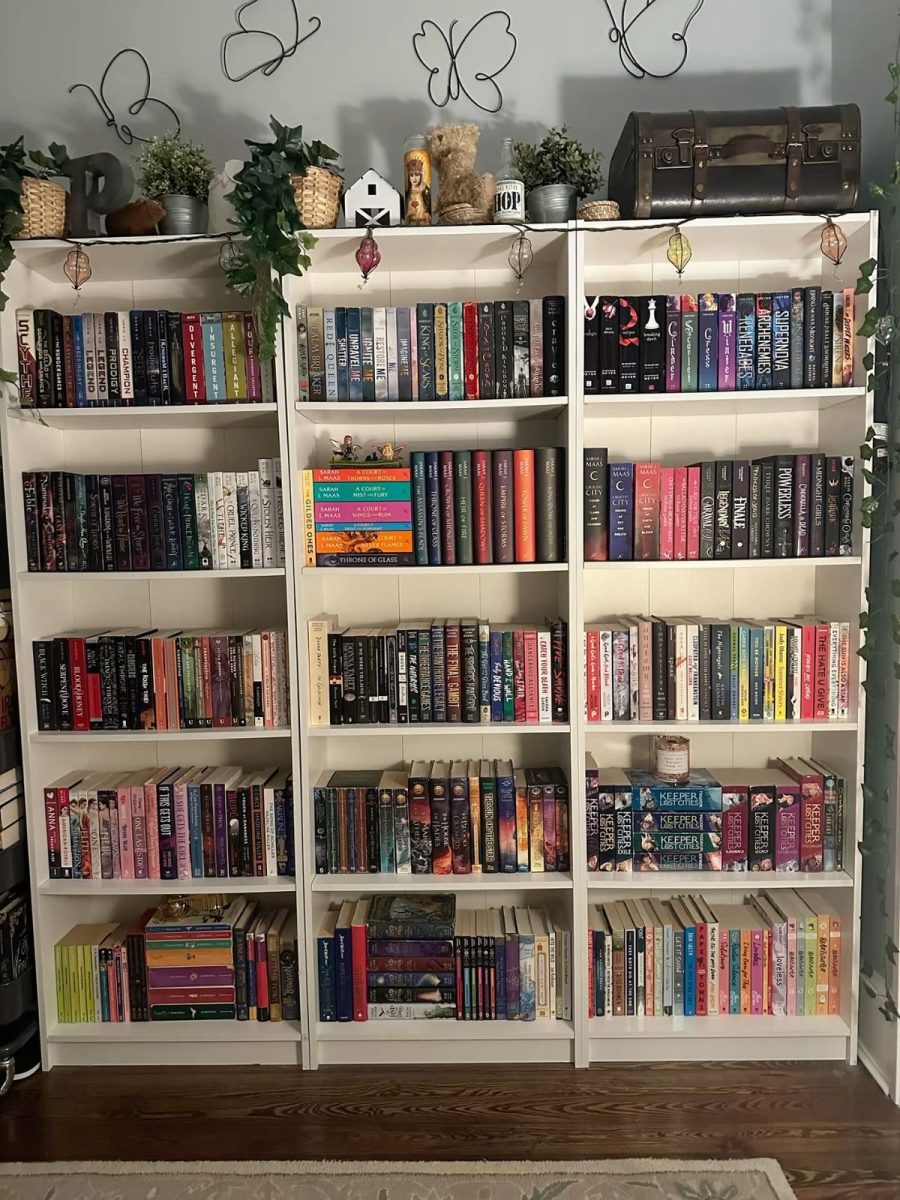
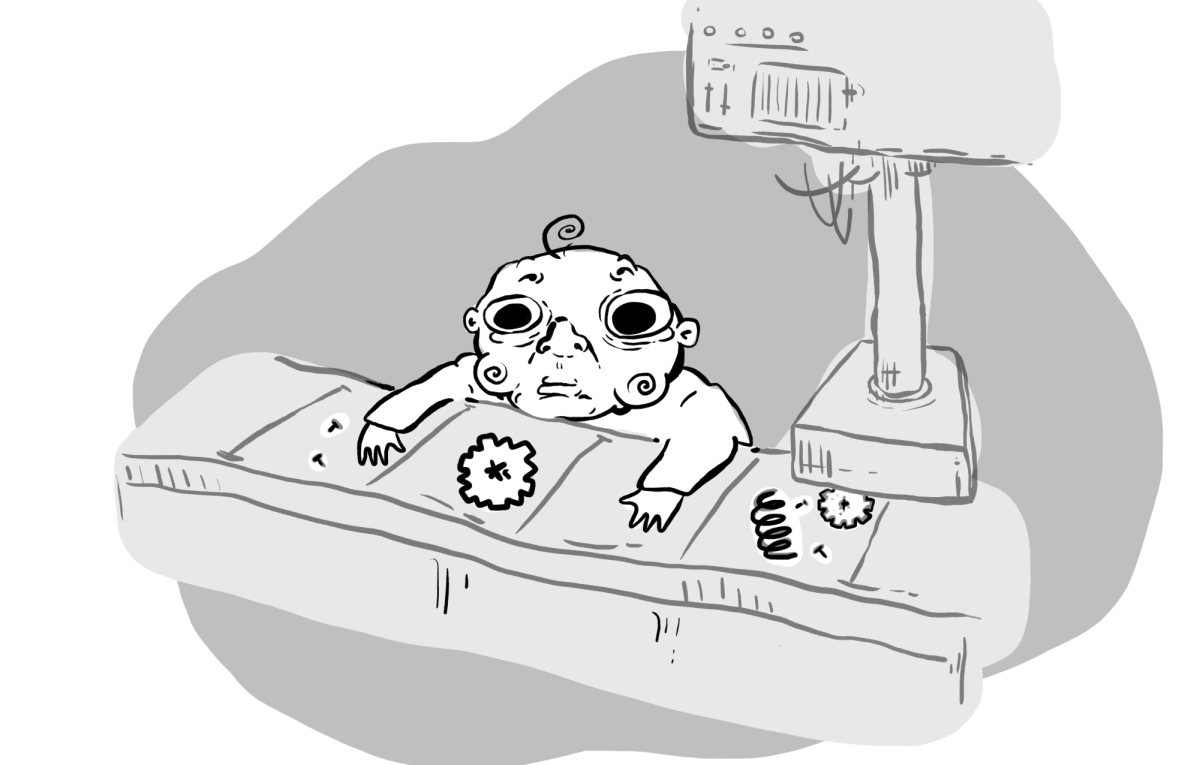





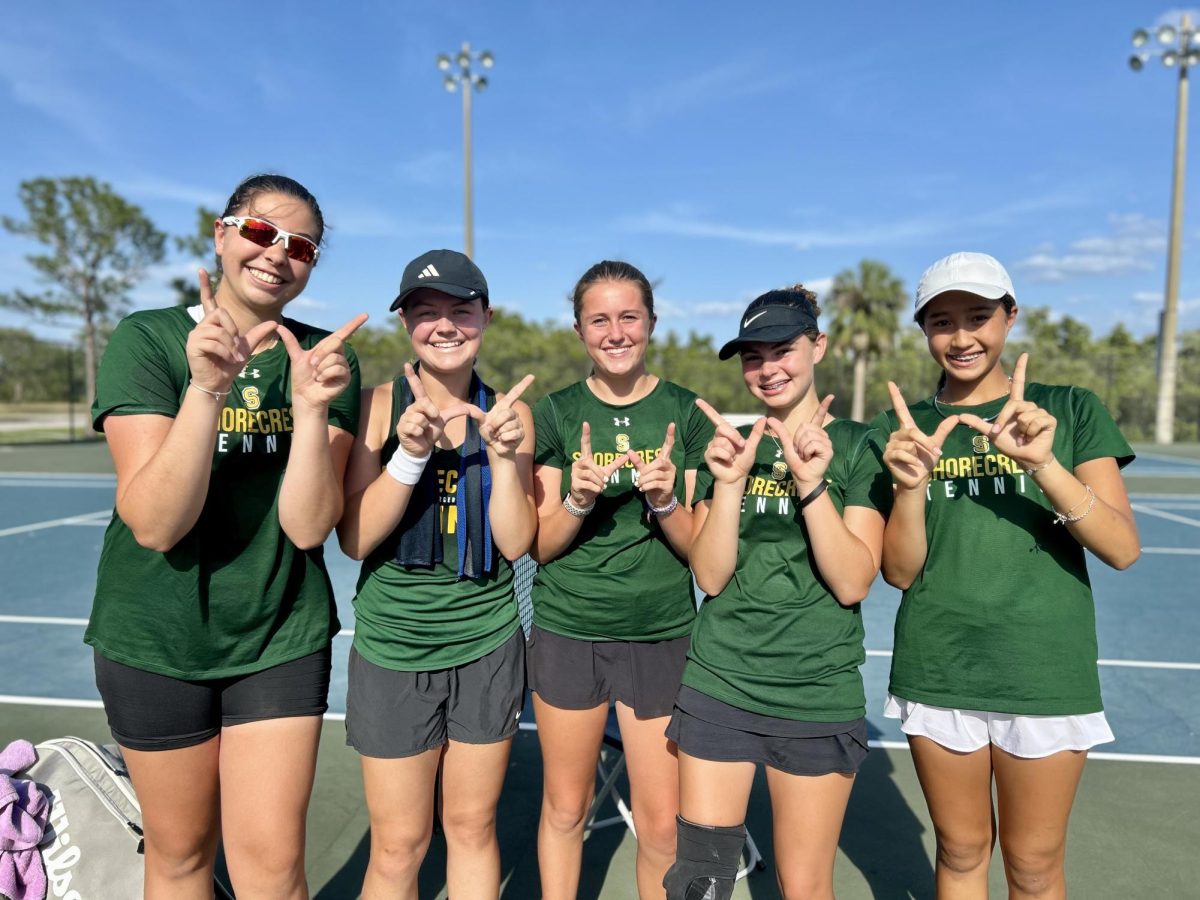


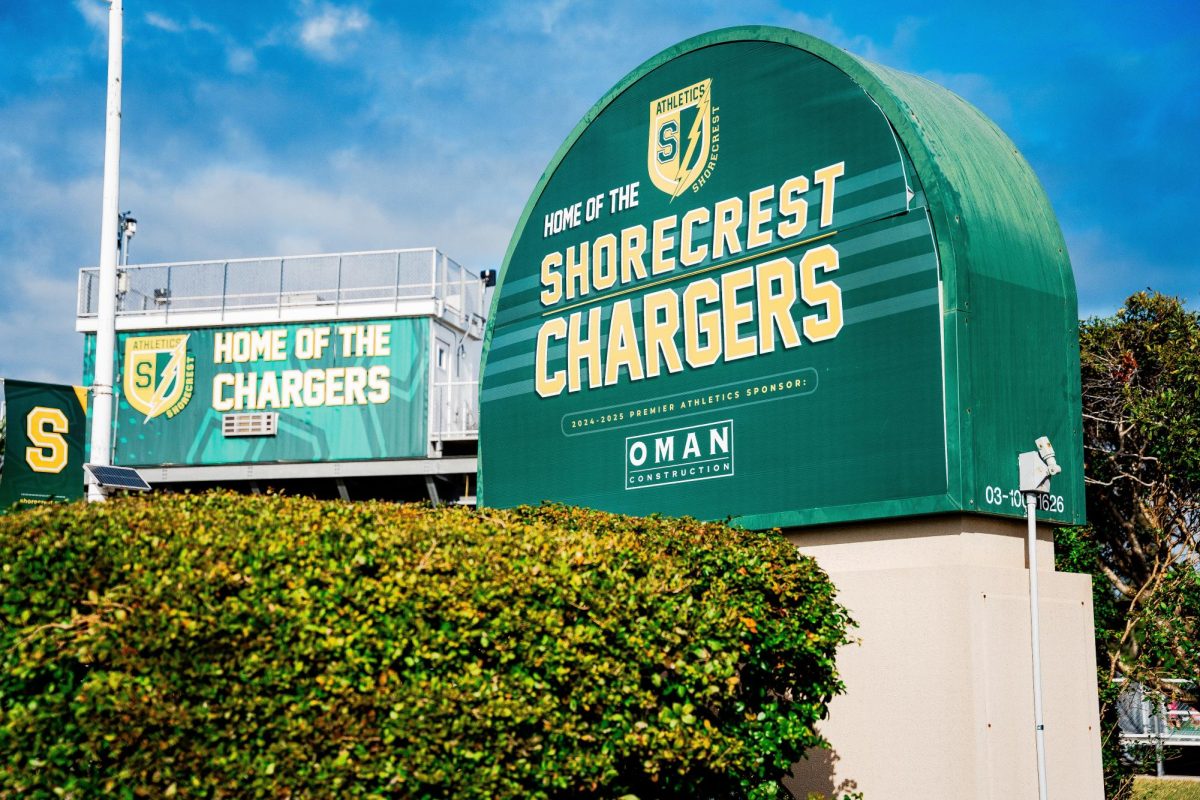






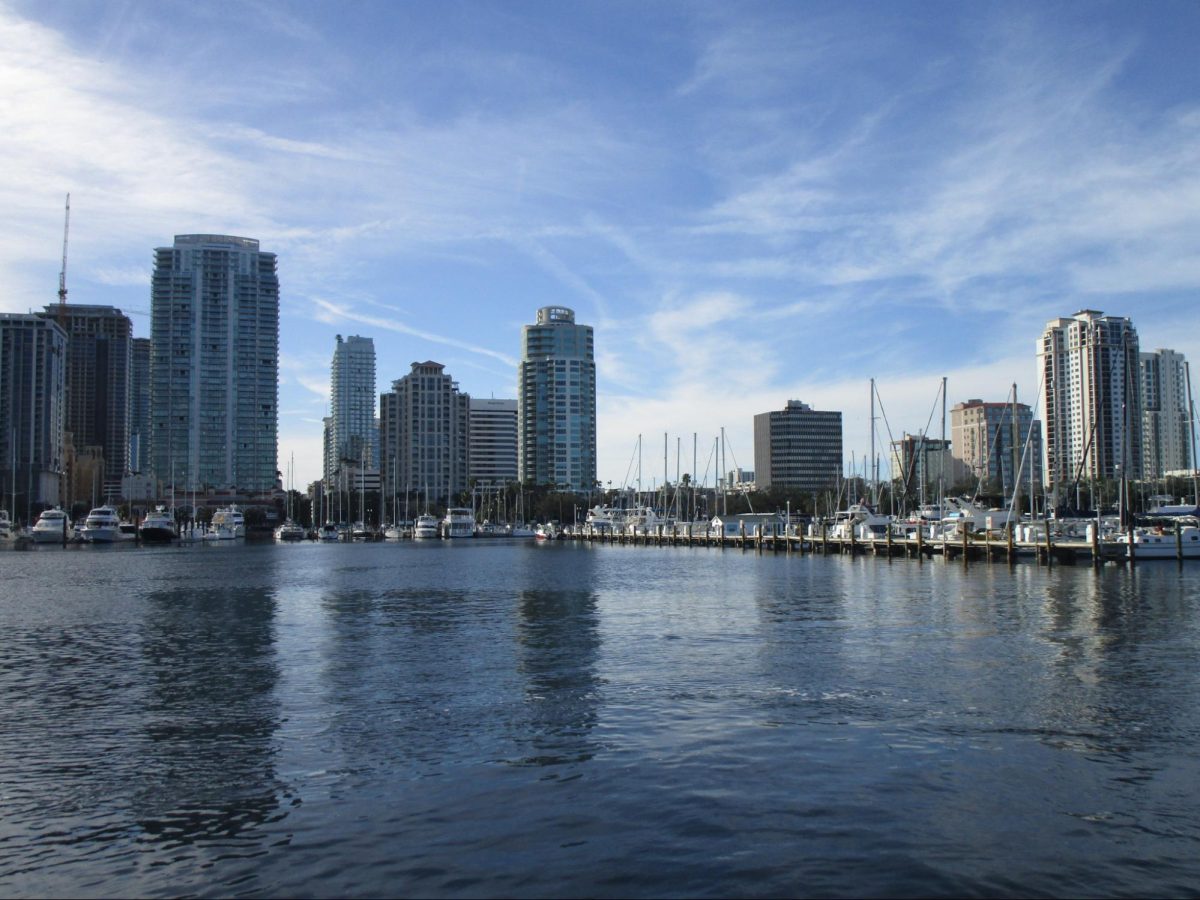

![Thespians pose on a staircase at the District IV Thespian Festival. [Front to back] Luca Baker, Maddison Cirino, Tanyiah Ellison, Alex Lewis, Summer Farkas, Jill Marcus, Ella Mathews, Sanjay Sinha, Isabella Jank, Sofia Lee, Boston Littlepage-Santana, Sally Keane, Tyler Biggar, Tanner Johnson, Jasper Hallock-Wishner, Remy de Paris, Alex Jank, Kaelie Dieter, and Daniel Cooper. Photo by Michael McCarthy.](https://spschronicle.org/wp-content/uploads/2024/12/image1-900x1200.jpg)
